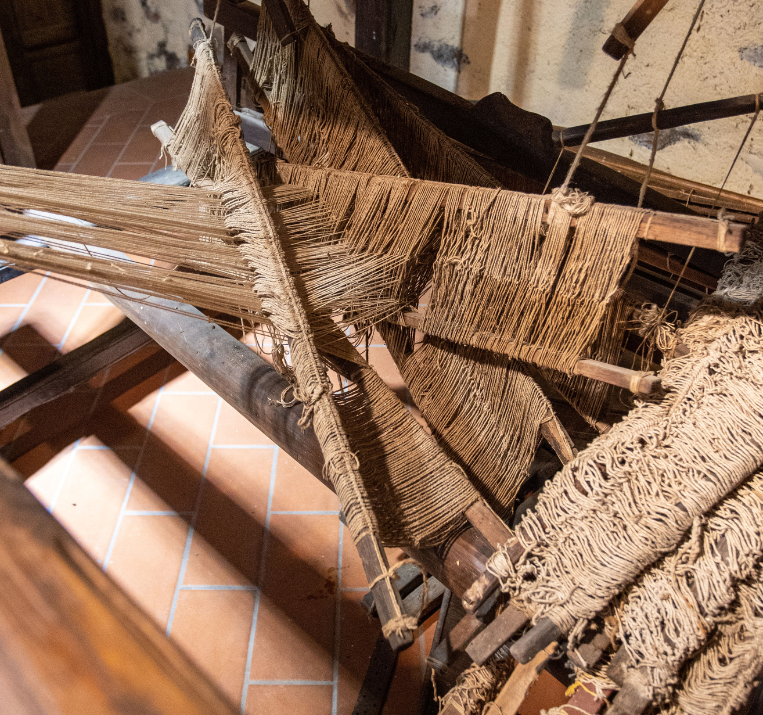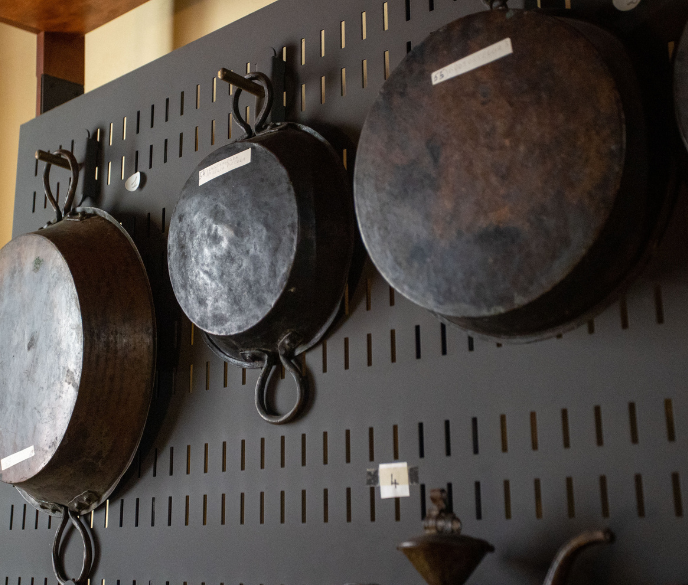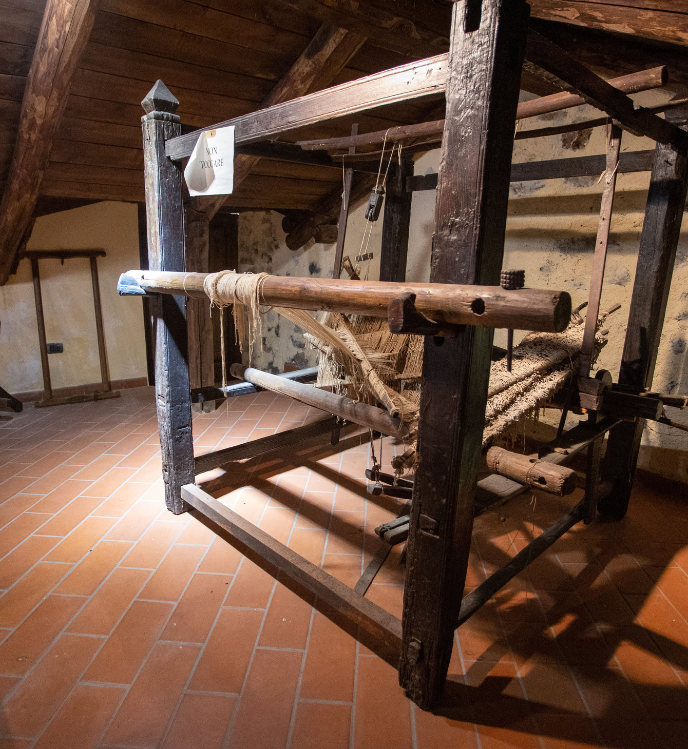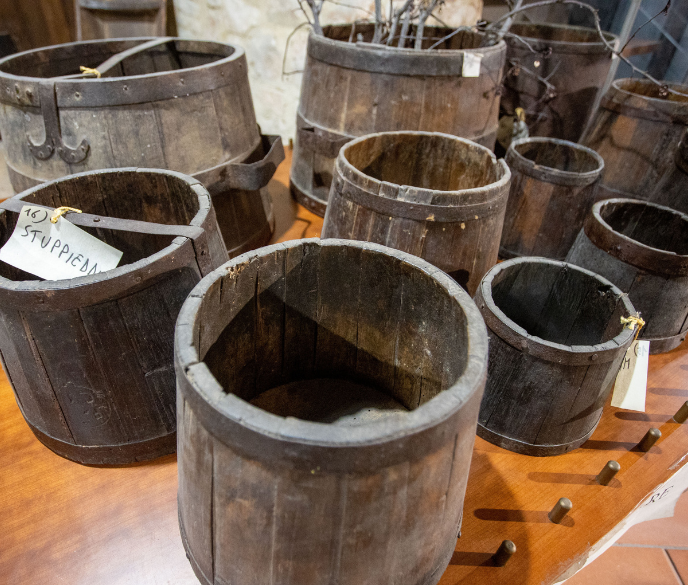CAR
Via A30 and A2/E45 or SS7, exit Sala Consilina. Continue on SS19 and take Via Ponte Mesole, Via Codaglioni, Via Provinciale del Corticato/SP11i, Via S. Nicola and SP263 towards Via Marino di Diano in Teggiano
Piazza Santissima Pietà, 1, 84039 Teggiano SA
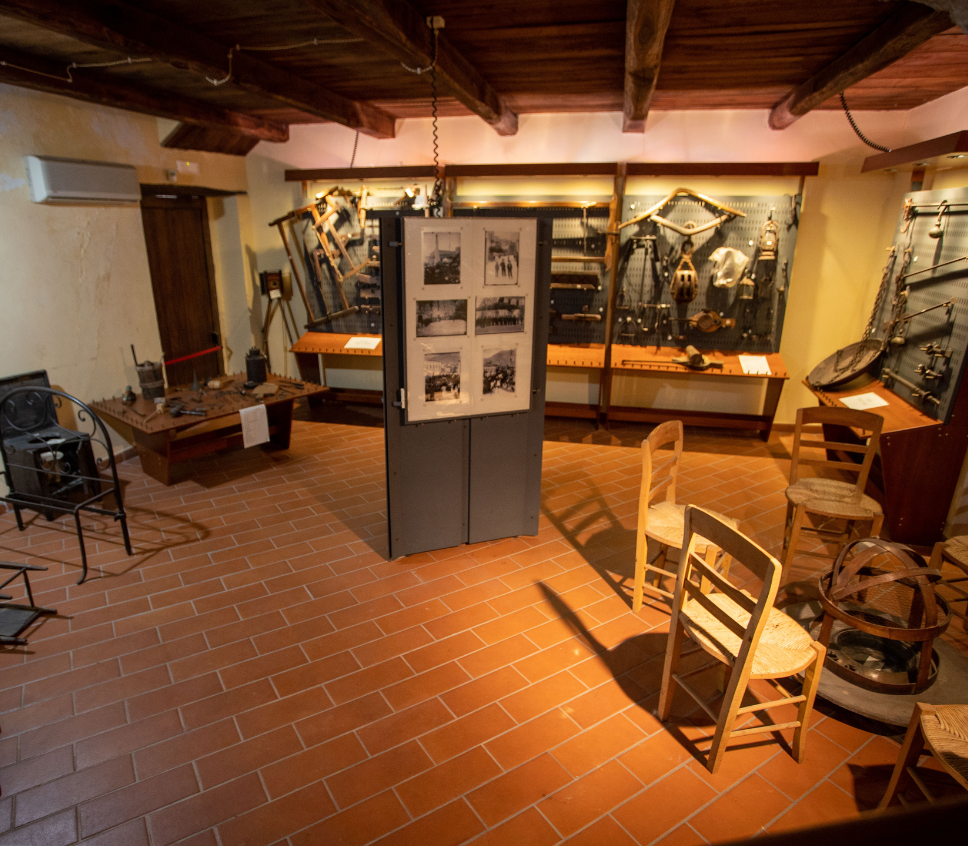
Via A30 and A2/E45 or SS7, exit Sala Consilina. Continue on SS19 and take Via Ponte Mesole, Via Codaglioni, Via Provinciale del Corticato/SP11i, Via S. Nicola and SP263 towards Via Marino di Diano in Teggiano
The planned lines and companies are:
Sita Sud 001 line "Sala Consilina-Polla-Eboli-Battipaglia"
Baltour-Sena-Eurolines company
Curcio Viaggi Company
Gambioli Autolinee Company
The route includes a change, with a final stop in Sala Consilina, and then continues on foot to Teggiano
The Museum of Popular Arts and Traditions in Teggiano is housed in a municipal building near the Church of Santa Barbara.
It collects objects that testify popular arts and traditions between the end of the 19th century and the first half of the 20th century, documenting everyday life, work and popular religiosity in the period before industrialisation.
The collections, enriched by donations from Teggiano families, gather objects related to common use, traditions and old trades such as that of the farmer, the spinner, the carpenter and the blacksmith.
The photographic collection in the museum is interesting: several photographic plates depicting the historical centre, customs and traditions of Teggiano between the end of the 19th century and the first decades of the following century.
